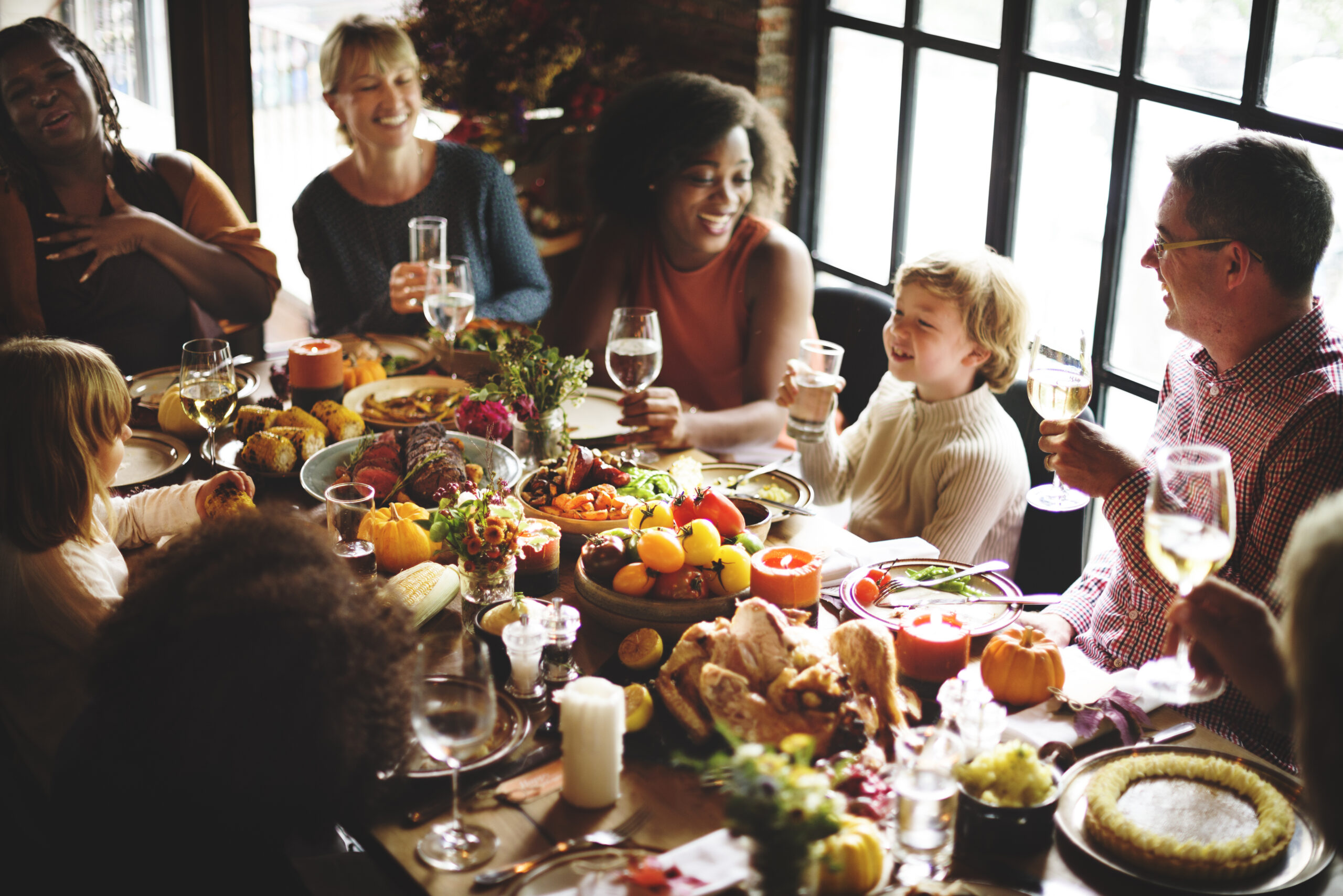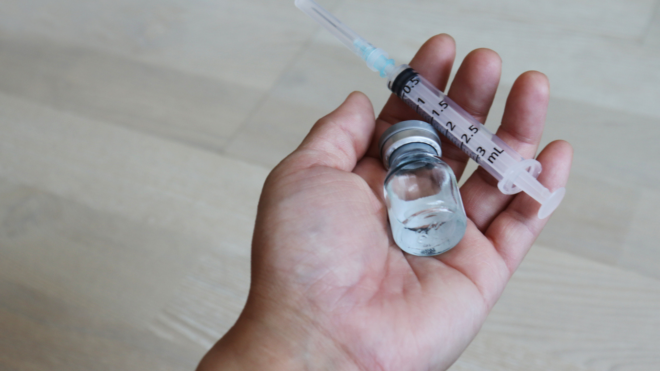
For many Americans, Thanksgiving is a feel-good, welcome-home holiday. It’s secular and can appeal to us all. It’s about family, comfort, and food. Some people even do volunteer work during the day. All types of positivity, right?
But in recent years, as many of us have been thinking more critically about the experiences of Native Americans in this country, Thanksgiving has become more complicated.
It’s not just a simple gathering together.
We know that for centuries Native Americans have often been treated terribly in the US, exploited by the different levels of the government, discriminated against by businesses and non-Native individuals.
We want to embrace the coziness of Thanksgiving, yet we know that a lot of people have been hurt (and worse) along the way, and the holiday isn’t just the elaborate but comfy meal we might want it to be.
As a parent, I recall fondly how my two daughters would come home from nursery school and pre-K with their little turkey hand drawings or paper Pilgrim hats.
They would tell me what they learned in school about Thanksgiving, and I would photograph them and videotape them “teaching me” about the holiday. While I thought they were adorable, I also realized that they had been taught a cheery, simplistic version of this American saga. They came away from this thinking that the Indians and the Pilgrims had a great time, eating together and becoming best buddies.
Part of me wanted them to retain this sweet, youthful message of Thanksgiving, but I knew that as they grew older and learned more, they would realize this was more complicated.
When the girls were older, two years in a row, my family and I watched ceremonial dances and viewed artwork and crafts tied to Native American Heritage Day, at the National Museum of the American Indian in Washington, DC.
It was a stirring experience, watching a variety of dances, people wearing costumes and holding tribal banners, listening to native music and singing. We ate in the museum cafeteria and the food we opted for was very different from what we’d eaten the night before for Thanksgiving: fry bread, vegetable dishes with quinoa, seasonings with which we were unfamiliar.
Later on we discussed what we’d seen and compared it to powwows we attended in the past. Two or three times we went to the Gateway to Nations powwow, held in southern Brooklyn’s Floyd Bennett Field, as well as a Native American fair in Pittsfield, Massachusetts. All this helped my girls gain some understanding of Native culture, after all the focus on the Pilgrims.
As they began high school, and had done more in-depth reading and seen social media that was critical of Thanksgiving, I knew that our sanguine Thanksgivings would be fading. And perhaps that's for the best.
We are not of Native American heritage, but my girls empathized (for various reasons) with the knowledge that the Indigenous people were exploited, and recognized that the holiday story they had learned earlier was a sanitized version.
They became skeptical, and told me that the main reason they looked forward to Thanksgiving was for days off from school and the chance to sleep in late on weekdays.
To be honest, my own feelings about Thanksgiving had soured over time as well. While my husband was able to square away those perceptions, my girls were voicing stronger opinions about the hypocrisy of Thanksgiving dinner.
Should we even bother to celebrate the day? Should we just go along with the majority of Americans — or find an alternative?
My own fairly mainstream attitudes toward Thanksgiving began to shift when I taught high school social studies.
I took note of how some students, especially those who were Latino or Black, found the “noble Pilgrims” narrative to be an insult. I listened to them complain about how the Indians were made to look primitive, and especially bristled at the “civilized Europeans” supposedly taming the Indians.
Recently I reached out to a few former students with whom I keep in contact, to ask them their thoughts on the subject of what Thanksgiving means to them, and whether it is problematic. Mario explained that “I sympathized with Native Americans even more after discovering the genetic makeup of Puerto Ricans includes native Caribbean tribes like Arawak and Taino Indians. Although I despise what happened to the Natives, I see Thanksgiving as a holiday. I offer thanks to God for blessings and a time my entire family happily shares together.”
Another former student, Henderson, who is African American and part Native, told me that except when he was a very young child, he never really liked Thanksgiving.
“I hated those silly Thanksgiving plays we had to do in elementary school. The Indian headdresses with the paper feathers were just stupid. But when I said that to one teacher, she laughed and then ignored me. Another year I complained to my teacher about the Thanksgiving poem she made us memorize, and she told me to complain about it to the principal. I didn’t because I was too scared.”
When Henderson went into the Navy, he told me he kept quiet about his thoughts on Thanksgiving. “No one really wants to hear you complain about the holiday, because they want an excuse to pig out, so I gave up.”
And an acquaintance of mine named Thomas, who is part Native, told me that “most people who are Native are ambivalent … but I like a day off as much as the next guy and it’s pretty (much) divorced from its origin at this point.”
Personally, my family unit cannot exactly return to those naive Thanksgiving dinners of yore. Instead, it’s become an opportunity to eat a big dinner, hang out together and do family-type things … like play video games and Scrabble. While we'll be grappling with our conflicted feelings surrounding the holiday, we'll be doing our best to celebrate it with intention and consideration. And hopefully, as a society, we can restructure and truly make something beautiful out of this complicated holiday.




